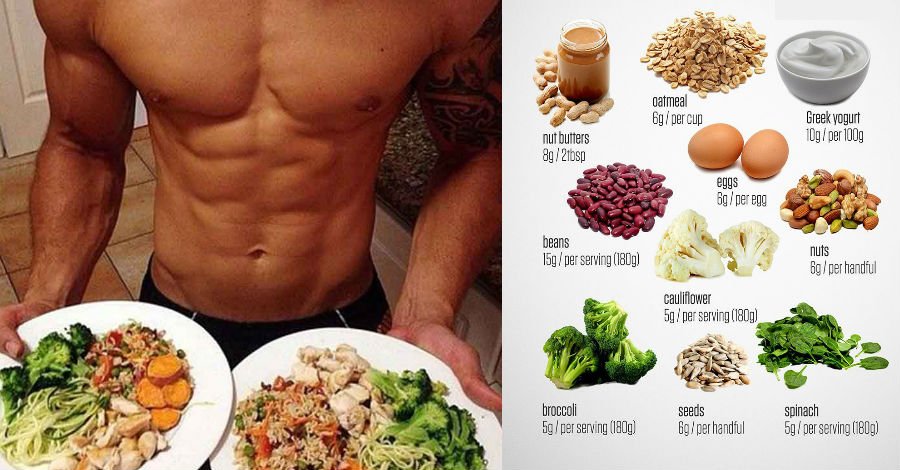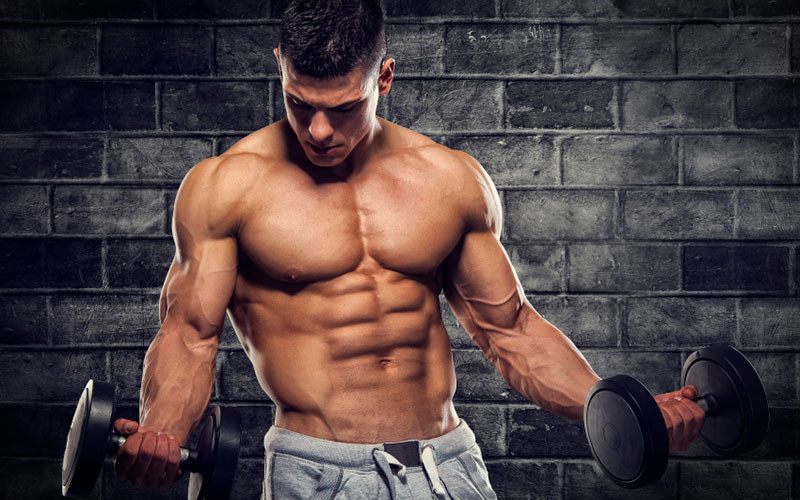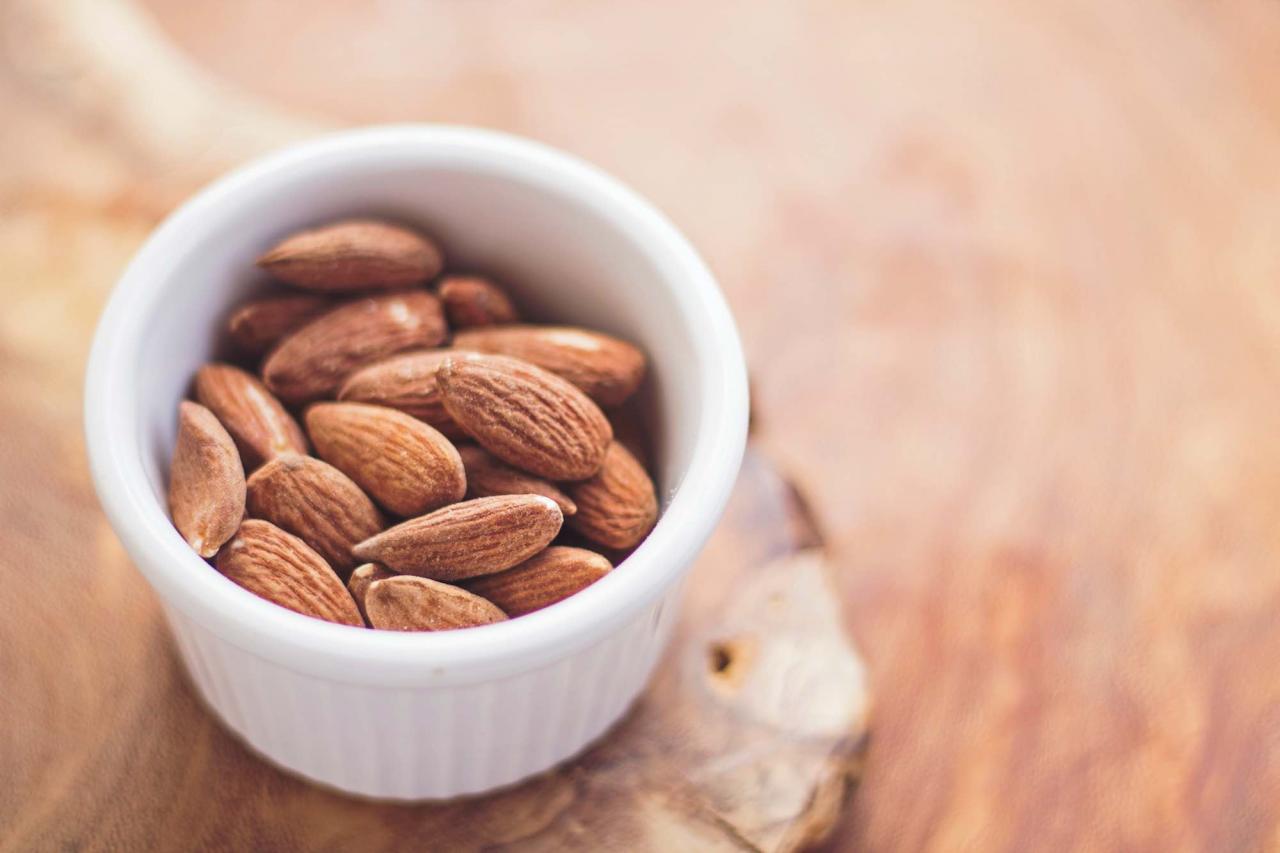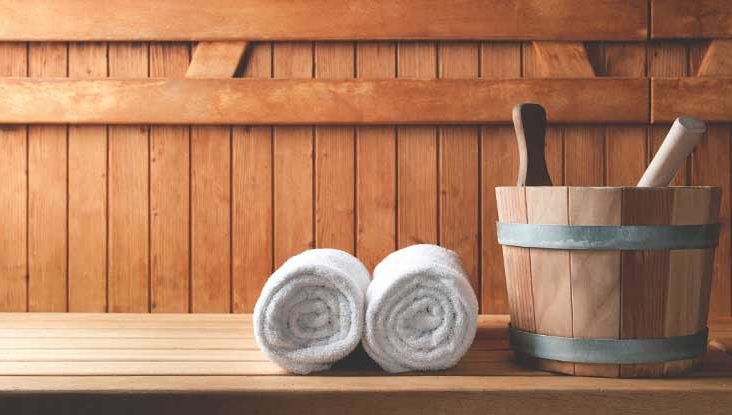Pretty much every demanding round of debates on the weight bench at home sooner or later revolves around the topic of Diet while building muscle . But which factors really influence muscle building and what is the role of diet in strength and muscle building training? In this article we clarify exactly these questions so that you have more powerful arguments in your hand than your sweaty towel in the next discussion in the free weight area.

Successful muscle building – a matter of nutrition?
What’s it called so often? You are what you eat? Well, that may be the case for a fairly large proportion of our population. If the beige-gray sweatpants are then combined with the demanding television program at lunchtime, the determined fitness starter package is complete. Or at least almost.
Because, as is so often the case in life, the right mix is important. Anyone who does an excellent workout but neglects their diet as much as caring for their toenails will sooner or later face the consequences of this imbalance. In the case of muscle building training, however, these are rather unsuccessful training units that have to do without sufficient regeneration and hypertrophy.
So that we can understand which factors influence (successful) muscle building training in addition to nutrition, we will first of all disconnect the part with stove and refrigerator and consider the muscle building training in isolation. So – what makes effective muscle building training ?

Important factors for nutrition when building muscle
We have already explained the recipe for success for successful muscle building with all its physiological factors and parameters in our Hypertrophy Guide. At this point, however, we will again take up three essential parameters that we encounter again and again at almost every corner during muscle building training:
- Training intensity
- Training volume
- Training frequency
The training intensity is influenced by the height of the training weights of an exercise set (if the weights of one or all exercise sets increase, the temporary and absolute training intensity also increases ).
The training volume is influenced on the one hand directly by the number of repetitions and the staggered training sets, on the other hand indirectly by the training intensity . If this increases because you choose higher weights, this is usually always associated with a reduction in the number of possible training sets or the number of repetitions per set.
Last but not least, the training frequency describes the number of training units per week , whereby the focus here is rather on the repetitive stimulation of a single muscle group, i.e. how often you do each one You intensely stimulate muscle group per week and an excessive regeneration process begins.
The training frequency is thus indirectly influenced by training intensity and training volume. If you completely destroy your muscles in every workout and return to your own four walls almost immobile, you will hardly be able to have a (long-lasting) high training frequency without falling straight off the weight bench or endangering your health in the long term .
Do you combine these three parameters in sensibly , you are almost on the best path to successful muscle building. At least in theory. Because in practice there are still several factors that can influence your training success . Of course, we cannot discuss the complex subject in a few sentences.
Our graphic below provides a good overview of the training intensity of various training methods. The higher the intensity (weights), the fewer repetitions. Green training units can be repeated with a high frequency, red units less often.

Muscle hypertrophy and nutrition during training
In a meaningful way, this means that you trigger muscle hypertrophy through your training. Colloquially, this process is also simply called Muscle building , which means nothing more than a muscular adaptation (due to unusual stress).
Although the exact biochemical process behind muscle hypertrophy has not yet been fully clarified, a hypothesis has so far held up that we also use for our training theory (cf. Hollmann, Wildor / Strüder, Heiko: Sports Medicine: Basics for Physical Activity , Training and Preventive Medicine, 5th edition, Schattauer Verlag, Stuttgart 2009, 206 ff.).
Becomes an intense and supra-threshold muscle stimulus through intensive strength training, your triceps workout at the kitchen counter or other heavy physical stress, which is well above the “normal” load level and at which an excessive amount of energy-rich phosphates are broken down and built up again (more on this in our article on ATP and creatine), a special biochemical reaction is triggered in the muscles.
In the long term, this reaction leads to the strengthening of the stressed muscle parts at cell level, which means that your muscles should be able to cope better (energetically) with a renewed load of similar intensity in the future. Quasi work for less work.
In addition, the protein structures linked in the muscle are damaged during almost every muscle training (fiber tears, later also referred to as sore muscles). In order to keep this damage as low as possible, your body has developed muscle hypertrophy as a kind of preventive mechanism , with which unusually intense tension stimuli are distributed over a larger proportion of muscle cells (fibers) over the long term. In this way a relative overload protection is achieved because the absolute stress on each individual muscle fiber is lower overall.
Stretching can also lead to muscle hypertrophy. The reason for this seems to be the so-called fiber splitting , as a result of which new muscle fibers are formed and linked as soon as a critical muscle cross-section is reached, which would drastically change the muscle composition.
Every hypertrophy process is based on an increase in ribonucleic acid and protein structures in the muscle, which also results in an increase in the number of cells due to the formation of new protein. You probably know the RNA from your biology class!
Anyway. This new formation of protein structures and the enlargement (growth in thickness) within the muscle fibers thus also leads to an enlargement of the entire muscle cross-section. After all, this also ensures a growing muscle volume, makes your biceps more voluminous, tones your legs and buttocks and ensures that you can darken the daylight with one or the other body part. But what does diet have to do with muscle building?
From hypertrophy to nutrition during muscle building
Let’s summarize. A disciplined strength training with a targeted combination of our three training parameters training intensity, training volume and training frequency leads to muscle hypertrophy, as a result of which new protein structures (or simply muscles) are built up. But where do the necessary proteins come from?
You already guessed it. This is the main task of nutrition.
The task of providing the right amount of proteins in the right composition at the right time, so that all anabolic processes can run as smoothly and efficiently as possible and you achieve the training goal of building muscle in an acceptable way Time.

And because it would of course be far too easy if an adequate protein supply were the only criterion for successful muscle building, we are now making it even more complicated!
The connection between hypertrophy and nutrition becomes even more abstract as soon as we also consider other factors such as energy and fat metabolism. Carbohydrates and fats together with the proteins (proteins) form the three macronutrients, which are responsible for the primary energy supply, energy storage and the development of new cell structures in our body. Micronutrients and minerals (e.g. vitamins) seem insignificant at first, but control and coordinate precisely these elementary processes.
And it is precisely these connections between physiology, training and nutrition that we have put together for you to understand and practice in our muscle building guide for men and women. This guide tells you on 300 pages in 3 independent chapters why effective muscle building is the key factor for all training goals .


